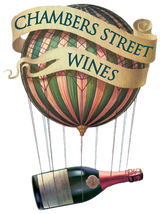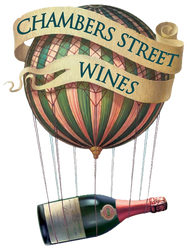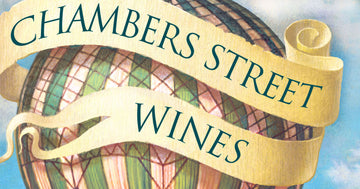Domaine Trapet Pere & Fils: Precision Gevrey-Chambertin at its Finest!
12/28/2024

It is somewhat uncommon to come across a Domaine in Burgundy with a long history that has also historically taken the path less traveled by. Domaine Trapet Pere et Fils happens to be just that. Today we have Bourgogne Rouge and village level reds ready to drink now while you wait for those Grand Cru to age.
Jean-Louis Trapet has been at the helm of Domaine Trapet Pere et Fils since 1993 when the Louis Trapet estate split into two (Domaine Rossignol-Trapet being the other half). If you looked at more current history, Jean-Louis is a trailblazer for biodynamic farming, making the decision to convert his vineyards back in the mid-1990s. This makes him one of the first growers in Burgundy to implement biodynamic principles and as of 2009, the entire estate is Demeter-certified. Just over one hundred years before Jean-Louis began his change to biodynamics, his great-grandfather took some big risks that paid off as well. Just five years after Louis trapet formed his estate, phylloxera attacked the region and when insecticides didn’t work, Louis began grafting his vines, which at that time was illegal. His trips to the vineyards late at night to sneakily graft saved his vineyards! They even ended up being a source of vine material used to re-plant after the region was devastated. Clearly risk-taking runs in the Trapet family, and it works well for them!

Not only are the Trapets excellent farmers, but they are fantastic winemakers as well, forming Gevrey with elegance and finesse. All grapes are hand harvested and sorted in the vineyard as well as in the winery where up to 10% of the crop may be rejected. Vinification is traditional with native yeasts and the use of open vat fermentation. They use anywhere from 50-100% stem inclusion in grand crus, 30-50% in premier crus and a little less in village-level wines. Since the early 2000s Jean-Louis has lowered his use of new wood from the more old-school style of big wines with a lot of oak. Depending on the vineyard, wines are aged anywhere between 20-50% in new French barriques, with higher amounts being reserved for Grand Cru sites. In turn, the wines here don’t necessarily contain the power that is often seen with its neighbors in Gevrey, but the aromatics, and complexity are some of the best! The more entry bottles are ready to drink now, but their outstanding Grand Crus are built to age. We are excited to offer two of their three today with Chambertin and Chapelle-Chambertin Grand Crus, alongside are some Trapet wines that are more approachable and ready to drink!
-Hanna Krilov


